News

Injection Molding vs. Blister Molding: Eco-Friendly Characteristics in the Manufacturing of PP Food Tableware
Injection molding and blister molding are two widely used plastic manufacturing processes, particularly in the production of food tableware and beverage containers. Understanding the differences between these methods and their environmental impacts can help guide sustainable choices in the industry.

Why Is Biodegradable Disposable Tableware Not Widely Adopted?
In recent years, eco-friendly and biodegradable Disposable Tableware has emerged as a promising solution to combat the growing environmental impact of single-use plastics. However, despite its potential benefits—such as reduced carbon emissions and biodegradability—its adoption remains limited in many markets worldwide.

Why Kraft Paper Shopping Bags Are the Top Eco-Friendly Choice
Eco-friendly shopping bags, Kraft paper advantages, Sustainable Packaging, Reusable paper bags, Environmentally friendly packagingIn today’s world, environmental sustainability is more than just a trend — it’s a necessity. Consumers are increasingly mindful of the environmental impact of their shopping habits, and businesses are responding by adopting greener alternatives. Among the most popular and sustainable choices are kraft paper shopping bags.Kraft paper bags are not only eco-friendly and durable, but they also offer a range of functional benefits that make them the ideal replacement for single-use plastic bags. Let’s explore why kraft paper has become the go-to material for sustainable shopping bags.
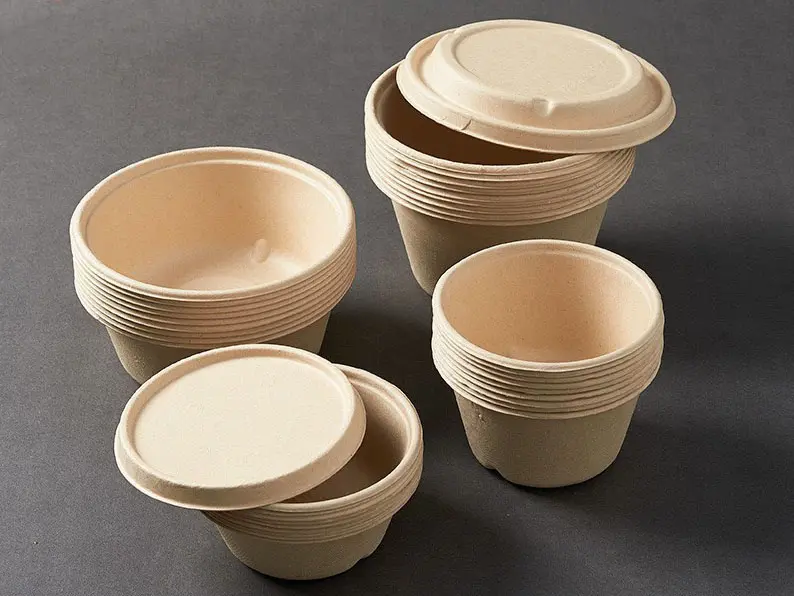
Disposable Degradable and Compostable Tableware: The Rise of Sugarcane
Pulp ProductsDisposable tableware has become an integral part of our daily lives. Despite increasing restrictions on plastic usage, many people still rely on disposable products due to their affordability and convenience. However, as environmental awareness grows and sustainable living gains popularity, degradable alternatives are gradually replacing traditional plastics in the market—and sugarcane pulp tableware is one such eco-friendly option.
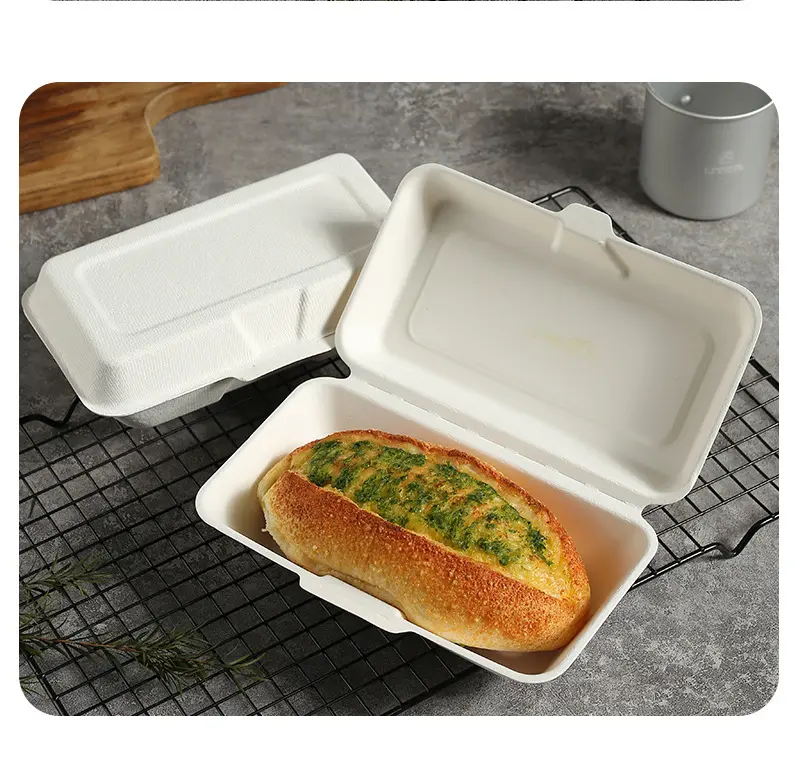
The Rise of Biodegradable Sugarcane Pulp Hot Dog Boxes: A Sustainable Solution for the Food Industry
In recent years, the fast food industry has faced increasing pressure to adopt more sustainable packaging solutions that minimize environmental impact. One innovative alternative gaining traction is the biodegradable hot dog container made from sugarcane pulp. This article critically examines both the advantages and challenges associated with this emerging packaging solution.
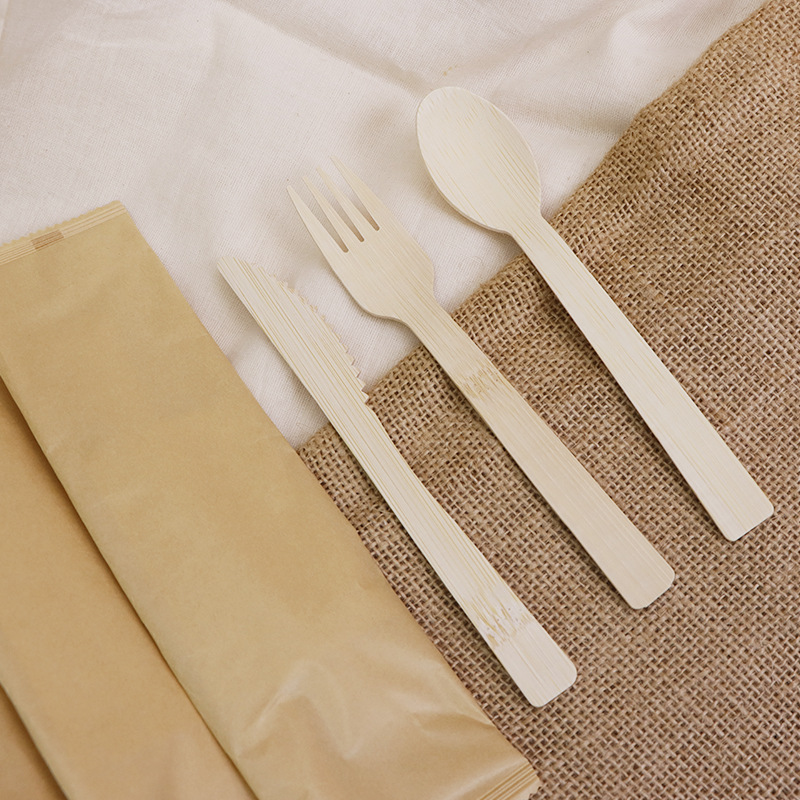
Eco-Friendly Bamboo Dinnerware & Cutlery: Sustainable Disposable Tableware for a Greener Future
How Are Bamboo Dinnerware and Cutlery Made?
Bamboo dinnerware and disposable tableware are crafted from fully matured bamboo trees, typically harvested after 3–5 years of growth—a natural cycle that ensures sustainable replenishment. The process involves grinding the bamboo into sawdust and fiber, which is then mixed with a binding agent like melamine (a heat-resistant resin) to mold it into plates, bowls, and bamboo cutlery. This combination preserves bamboo’s natural strength, lightweight properties, and stain resistance, making it ideal for durable, eco-friendly disposable tableware.
Advantages of Eco-Friendly Bamboo Dinnerware and Disposable Tableware
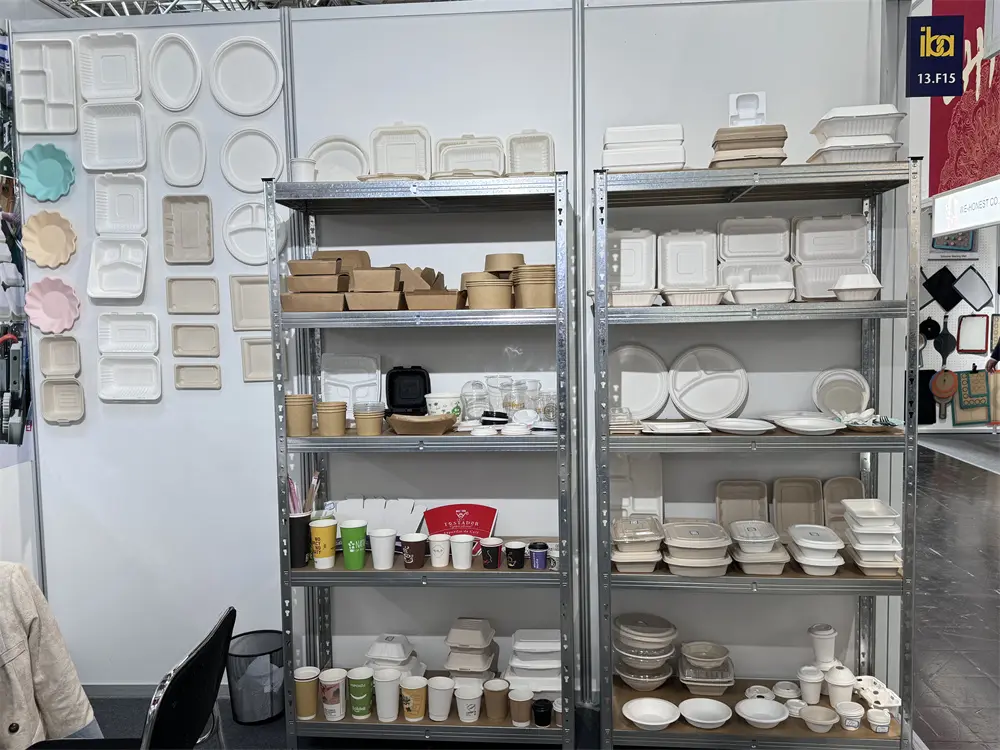
Green Innovation at IBA 2025 – Discover Our Sugarcane Residue Tableware Dear Visitors and Partners,
We are excited to present our latest range of eco-friendly sugarcane residue tableware at the International Baking Industry Exhibition (IBA), taking place from May 18th to May 22nd, 2025. This exhibition serves as a perfect platform for us to showcase our commitment to sustainability and innovation in the foodservice industry.
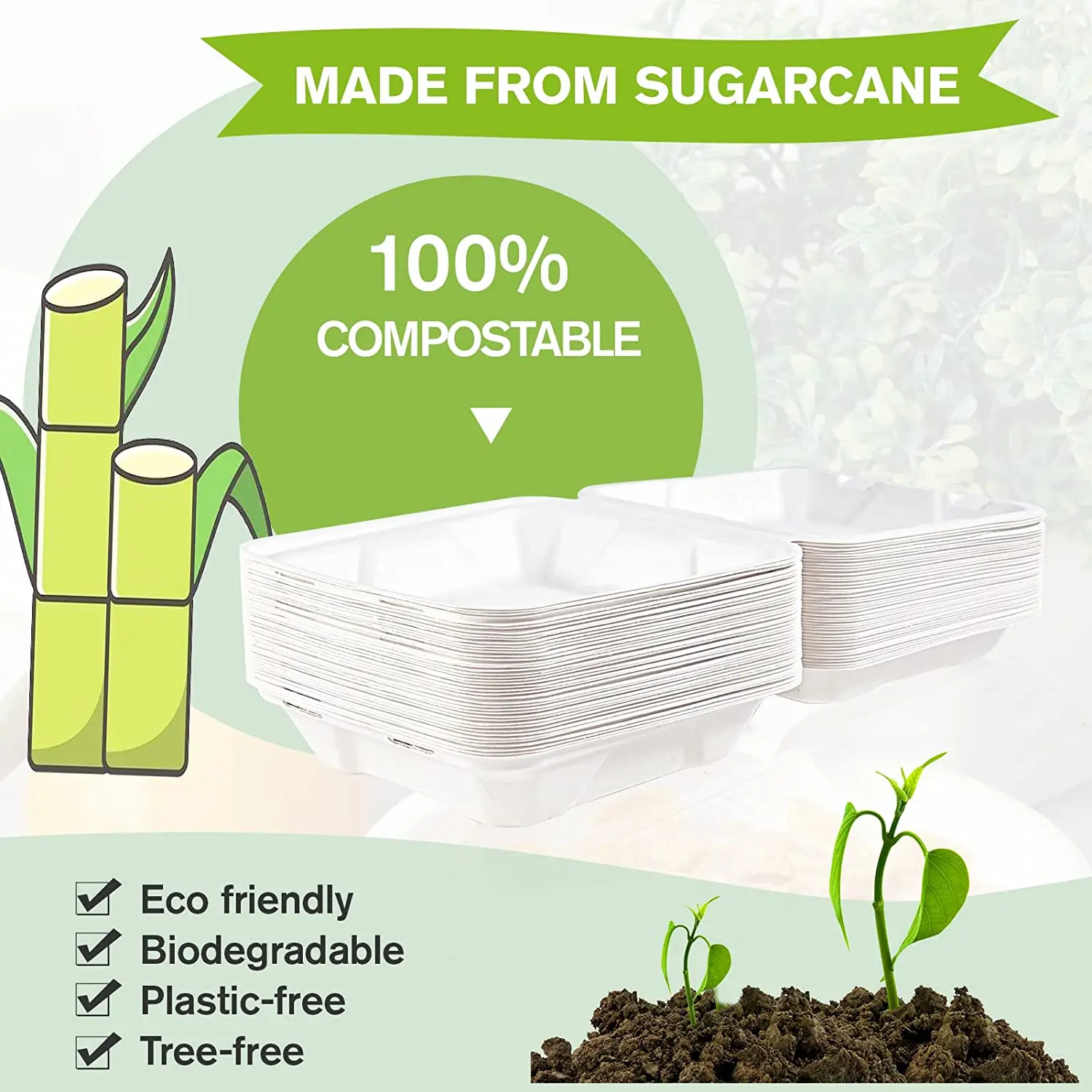
The Critical Role of Biodegradable and Eco-Friendly Packaging in Global Sustainability
In the face of escalating climate crises and ocean plastic pollution, the transformation of the packaging industry has become a key battleground for global sustainability. The statistics are alarming: over 400 million tons of plastic are produced globally each year, with half being single-use plastics. By 2050, it is projected that there will be more plastic in the oceans than fish by weight unless significant changes occur.

Why Choose Sugarcane Pulp Food Packaging?
Are you in search of eco-friendly packaging options for your food products? Have you considered sugarcane food packaging? In this article, we will explore why sugarcane food packaging is an excellent choice and discuss its environmental benefits.
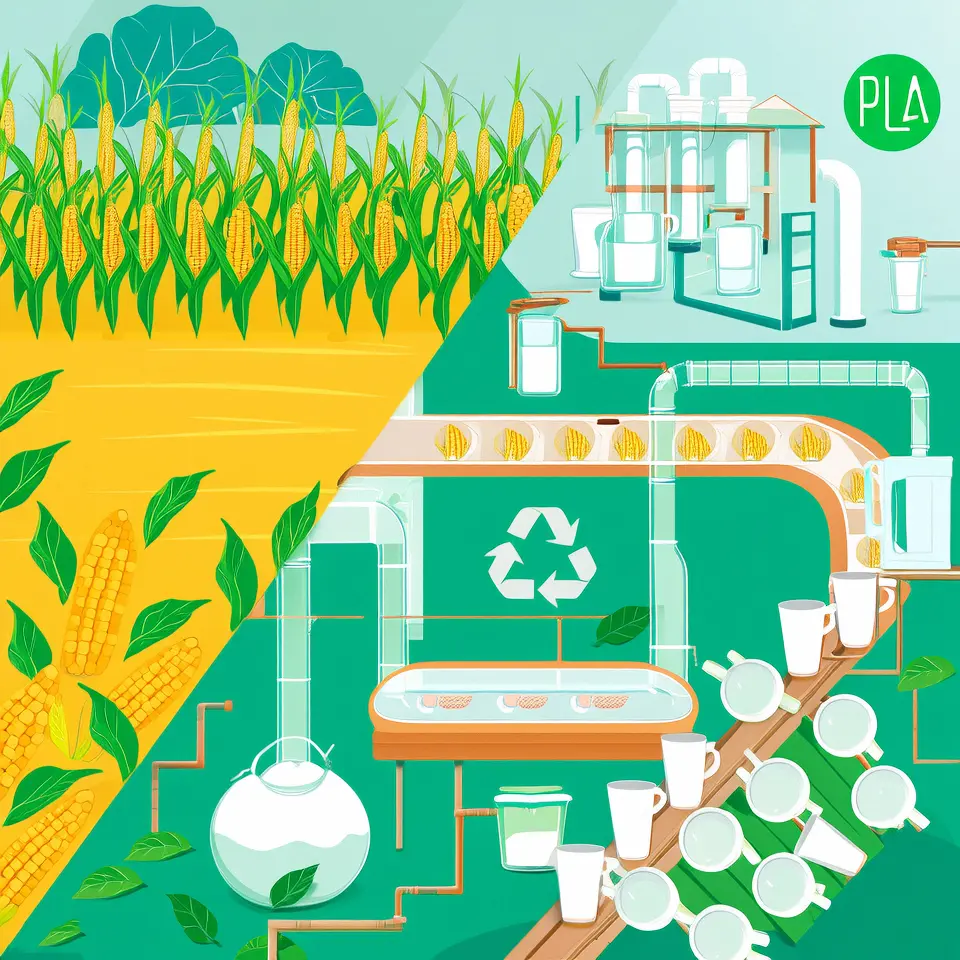
What is PLA? A Comprehensive Guide to Polylactic Acid and Its Role in Eco-Friendly Products
What is PLA?
PLA stands for polylactic acid, a bioplastic resin typically derived from plant-based starches such as corn starch. It is widely used to create clear, compostable containers and packaging materials that are environmentally friendly alternatives to traditional plastics.

